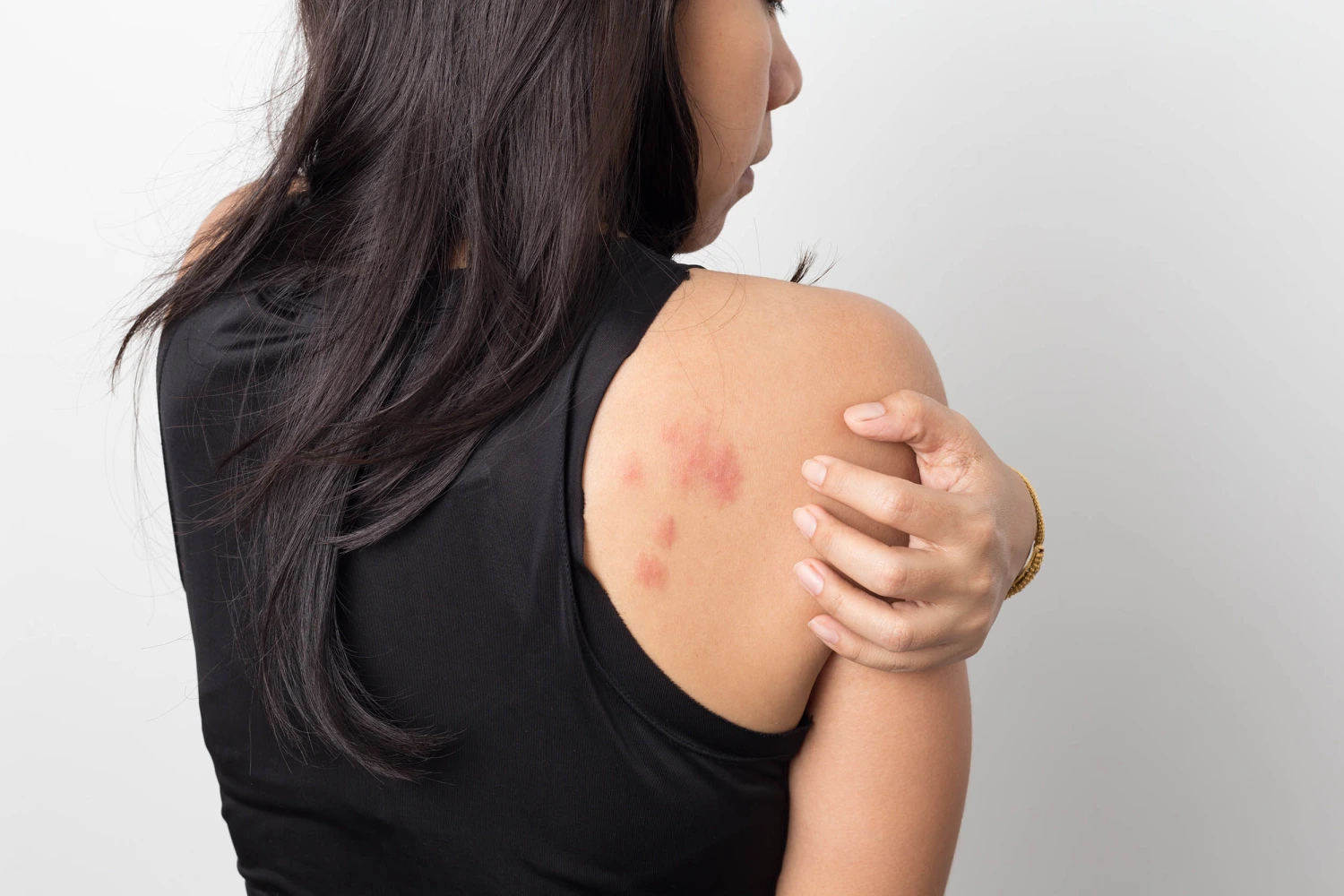A skin rash after surgery is a common concern for many patients, relatives, and even healthcare professionals. While surgery itself can be an overwhelming experience, developing an uncomfortable or unsightly rash afterward may cause additional worry. This article explores why rashes occur post-surgery, how to identify them, and what steps you can take to treat or prevent them.
Why Do Skin Rashes Occur After Surgery?
During and after surgery, your skin is exposed to various materials, medications, and procedures. These can trigger a condition known as contact dermatitis, which comes in two forms:
- Irritant Contact Dermatitis: This is the most common type, caused by exposure to irritants like chemicals, adhesives, or surgical supplies.
- Allergic Contact Dermatitis: This occurs when your skin has an allergic reaction to a specific material or allergen, such as latex or certain medications.
According to the National Eczema Association, contact dermatitis often leads to localized skin irritation or inflammation, typically limited to areas in direct contact with the triggering substance.
Common Post-Surgical Rash Triggers
- Medications
Antibiotic ointments applied to surgical wounds can sometimes irritate the skin. Systemic reactions to medications given during or after the surgery, such as antibiotics or painkillers, can also cause a rash.
- Surgical Supplies
Nonhypoallergenic products like surgical dressings, adhesives, or prep solutions (e.g., iodine) can irritate the skin. Certain materials like latex gloves and adhesives for wound closure (e.g., surgical glue) may cause allergic reactions.
- Other Substances and Equipment
Items such as antiseptic solutions, hospital linens, or rubber equipment (e.g., blood pressure cuffs or catheter tubes) may irritate sensitive skin.
While many rashes are mild and localized, prior history of allergies or skin sensitivities may increase the likelihood of developing a skin rash after surgery.
Recognizing the Symptoms of a Post-Surgical Rash
It’s important to differentiate between a harmless rash and one signaling a serious complication. Symptoms of contact dermatitis may include:
- Redness or discoloration of the skin.
- Mild swelling.
- Small fluid-filled blisters or bumps.
- Itchiness or a burning sensation.
- Dry, thickened, or scaly skin in the affected area.
These rashes are typically confined to the areas directly exposed to potential irritants or allergens. However, some symptoms may warrant immediate medical attention, as they could indicate an infection or severe allergic reaction.
When to Seek Emergency Care
Certain signs are red flags that require a doctor’s attention right away:
- Redness or swelling that spreads quickly.
- Fever accompanying the rash.
- Painful rash or blisters that ooze fluid.
- Shortness of breath, facial swelling, or a rash spreading over the entire body. These may signal anaphylaxis, a life-threatening allergic reaction requiring emergency care.
If you experience any of these, it’s critical to contact a healthcare provider or call 911 immediately.
Diagnosing a Rash After Surgery
If you develop a rash post-surgery, your doctor will begin by reviewing your health history and examining the rash. They’ll check:
- Size, shape, and color of the rash.
- The area’s severity and response to touch.
Doctors often use patch tests to identify allergic reactions or conduct a skin biopsy if the cause of the rash is unclear. Being open about any allergies or past skin irritation before surgery can help healthcare providers anticipate and mitigate potential reactions.
Treating Skin Rashes After Surgery
The good news is that most skin rashes after surgery can be treated effectively and resolved within a few weeks. Depending on the cause, treatment options include:
At-Home Remedies
- Cold Compress: Helps reduce swelling, redness, and itching in mild cases.
- Calamine Lotion or Colloidal Oatmeal: These soothe skin and reduce irritation.
- Over-the-Counter (OTC) Cortisone Creams: Useful for managing itching and inflammation.
Over-the-Counter Medications
- Antibiotic Creams (e.g., Polysporin): These can prevent infection at the surgical site but should only be used if recommended by your doctor. Neosporin, in particular, is often avoided due to its potential to cause allergic reactions in some people.
Prescription Treatments
If your rash persists or becomes severe, your doctor may prescribe:
- Cortisone Creams (higher strength than OTC versions).
- Antihistamines to reduce allergic reactions.
- Anti-inflammatory Medications for severe swelling or inflammation.
- Steroid Pills to manage rashes that cover larger areas or cause significant discomfort.
- Antibiotics if the rash evolves into an infection.
Preventing Post-Surgical Skin Rashes
While not all rashes are avoidable, taking certain precautions can significantly reduce your risk:
- Inform Your Medical Team
Before surgery, share details about any known allergies, particularly to latex, adhesives, medications, or antiseptic solutions.
- Request Hypoallergenic Supplies
Opt for hypoallergenic surgical adhesives, dressings, and wound care products whenever possible.
- Keep the Area Clean and Dry
This minimizes the risk of infection and irritation. Avoid excessive friction or pressure directly on the surgery site.
- Avoid Scratching
While it’s tempting, scratching a rash can lead to skin infections or prolong healing. Use cold compresses or medicated creams for relief.
How Long Does a Skin Rash After Surgery Last?
Most post-surgical rashes will resolve within 1–3 weeks once the irritant is removed. However, complications like infections or recurring exposure to allergens can prolong recovery.
It’s essential to follow all aftercare instructions provided by your healthcare team and maintain an open line of communication to address any concerns early.
Final Thoughts
A skin rash after surgery may seem alarming, but it’s often a minor reaction to materials or medications used during medical procedures. With proper diagnosis and treatment, these rashes typically fade within weeks and pose no long-term health risks.
If you notice a rash after surgery, take note of its progression and consult your doctor promptly for recommendations. Proactive communication and attention to aftercare can prevent further complications and ensure a smoother recovery.
For any lingering concerns or unresolved symptoms, don’t hesitate to seek medical advice. Your health and comfort are worth it!








